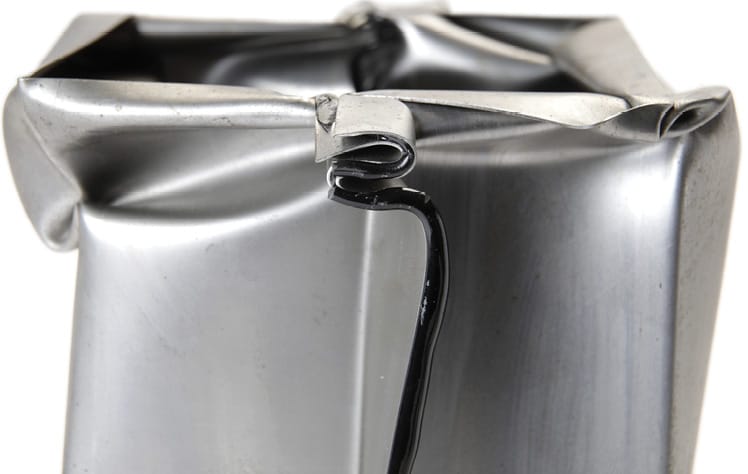4.2.3 Industrial Manufacturing Production
Prototyping has become increasingly efficient since the inception of 3D printing. Materials used in prototyping might be different from the materials planned for mass production. The cure speed of an adhesive used to bond prototype parts can be longer if it is necessary to adjust the parts. A different adhesive may need to be used in the ‘Beta testing’ phase, which may change to another adhesive for mass production. Approved tests with the first adhesive will have to be repeated to choose the final adhesive.
To reduce the cure time and increase the throughput in mass production, activators or heat may be helpful for certain types of adhesives. In addition to an adhesive, mechanical fasteners, such as rivets or spot welds, can hold parts together for immediate handling. This combined use of mechanical fasteners and adhesives is often used in the automotive industry (hybrid connections). Besides immediate handling speed, these hybrid connections give the main advantage of higher strengths in, for example, a car crash, especially compared to mechanical or chemical connections alone, as the joining method.

Slow-curing adhesives can be used to connect parts that must be adjusted slightly and subsequently cured very quickly once adjusted. Epoxy or anaerobic adhesives can be quickly cured by heating the connected metal parts, for example, in an oven or induction curing.
To achieve the desired speed and throughput in manufacturing lines, the use of manual/semi-automatic/automatic dispensing equipment is essential. For more details about dispensing equipment, see Section 6.

